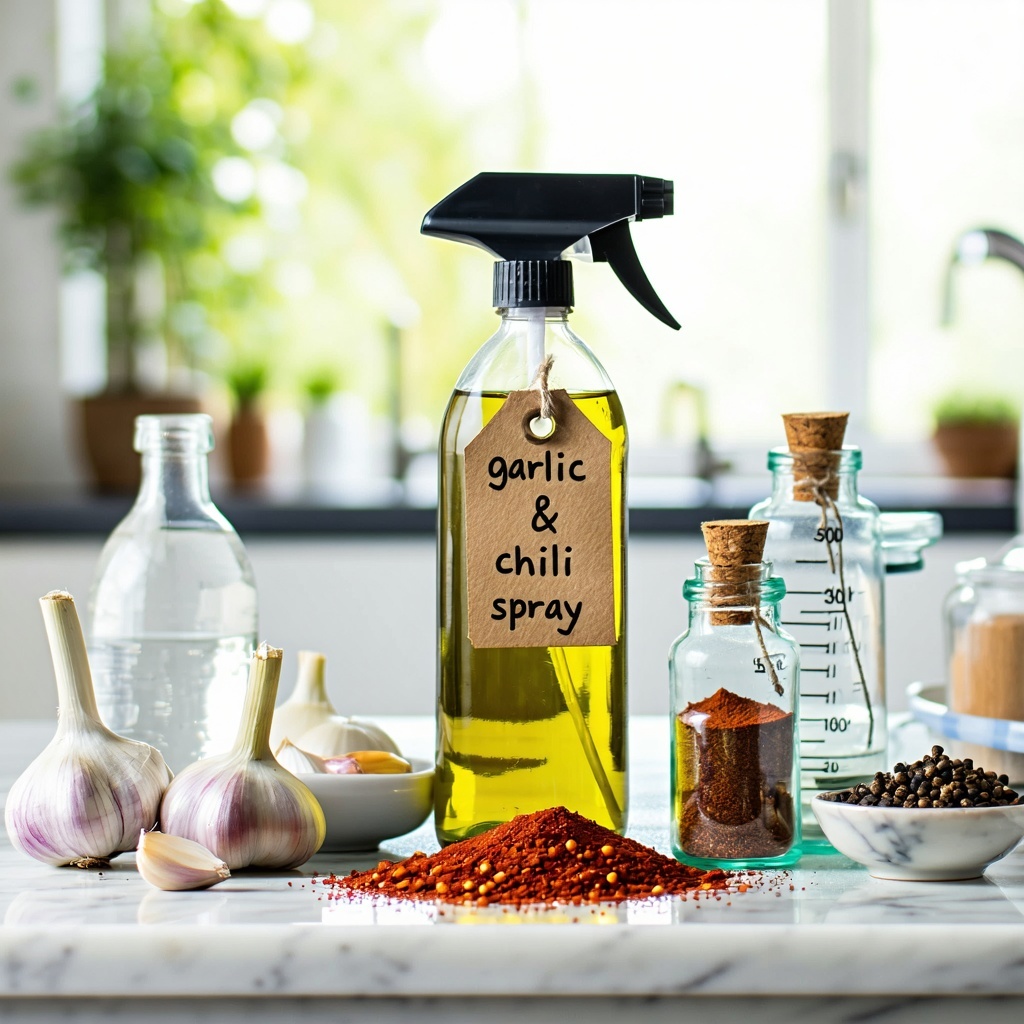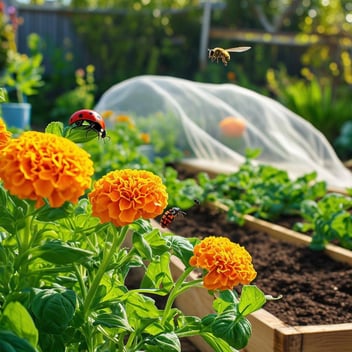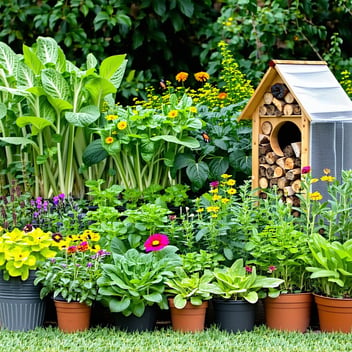DIY Pest Control Sprays Using Ingredients from Your Kitchen
Harnessing the power of everyday kitchen staples, you can create effective, eco-friendly pest control solutions that safeguard your home and garden without resorting to harsh chemicals.
1. Introduction
In the quest for a pest-free environment, the solution might be closer than you think—right in your kitchen. Common ingredients like vinegar, garlic, and essential oils possess natural properties that deter or eliminate pests. By crafting your own pest control sprays, you not only promote a healthier living space but also contribute to environmental sustainability.
2. Understanding the Benefits of DIY Pest Control
-
Eco-Friendly: Homemade sprays reduce the reliance on synthetic chemicals, minimizing environmental impact.
-
Cost-Effective: Utilizing readily available kitchen ingredients can be more economical than purchasing commercial pesticides.
-
Safety: Natural ingredients are generally safer for children, pets, and beneficial insects.
3. Essential Kitchen Ingredients for Pest Control
-
Vinegar: Its acetic acid content makes it effective against ants and fruit flies.
-
Garlic: Contains sulfur compounds that repel a variety of insects.
-
Chili Peppers: The capsaicin in peppers acts as a potent deterrent for many pests.
-
Essential Oils: Oils like peppermint, eucalyptus, and tea tree have insect-repelling properties.
-
Dish Soap: Breaks down the protective coatings of insects, leading to dehydration.
-
Baking Soda: Can disrupt the digestive systems of certain pests.
4. DIY Pest Control Spray Recipes
a. Vinegar-Based Ant Repellent
Ingredients:
-
1 cup white vinegar
-
1 cup water
-
10 drops peppermint essential oil
Instructions:
-
Combine all ingredients in a spray bottle.
-
Shake well and spray along ant trails and entry points.
Note: Vinegar disrupts ant scent trails, while peppermint oil acts as a deterrent.
b. Garlic and Chili Pepper Spray
Ingredients:
-
2 cloves garlic
-
1 tablespoon chili powder
-
1 quart water
-
1 teaspoon dish soap
Instructions:
-
Blend garlic and chili powder with water.
-
Let the mixture sit overnight.
-
Strain and add dish soap.
-
Pour into a spray bottle and apply to affected areas.
Note: This spray is effective against aphids, caterpillars, and other soft-bodied insects.
c. Essential Oil Spray for General Pest Control
Ingredients:
Instructions:
-
Mix all ingredients in a spray bottle.
-
Shake well before each use.
-
Spray on surfaces where pests are present.
Note: Essential oils have broad-spectrum insect-repelling properties.
5. Application Tips
-
Test First: Before widespread application, test the spray on a small area to ensure it doesn't harm plants or surfaces.
-
Regular Use: For best results, apply sprays regularly, especially after rain or watering.
-
Target Areas: Focus on areas where pests are commonly found, such as under leaves, along baseboards, and near entry points.
6. Safety Considerations
-
Storage: Keep homemade sprays out of reach of children and pets.
-
Labeling: Clearly label all homemade solutions to avoid confusion.
-
Allergies: Be aware of any potential allergies to ingredients used.
7. Conclusion
Embracing DIY pest control methods using kitchen ingredients offers a sustainable, safe, and effective approach to managing unwanted pests. By understanding the properties of common household items, you can create tailored solutions that protect your home and garden while promoting environmental health.




